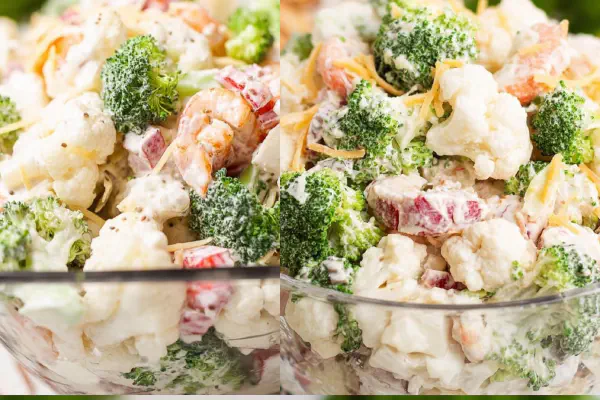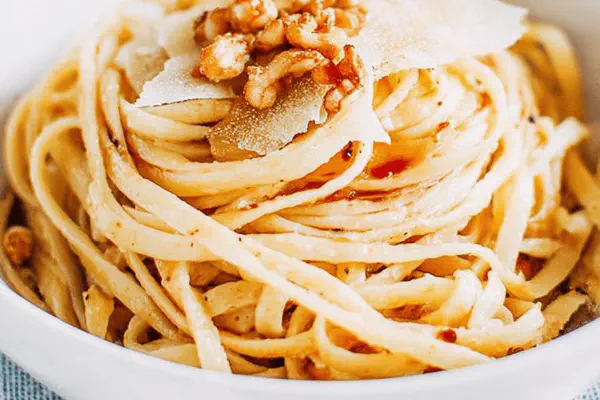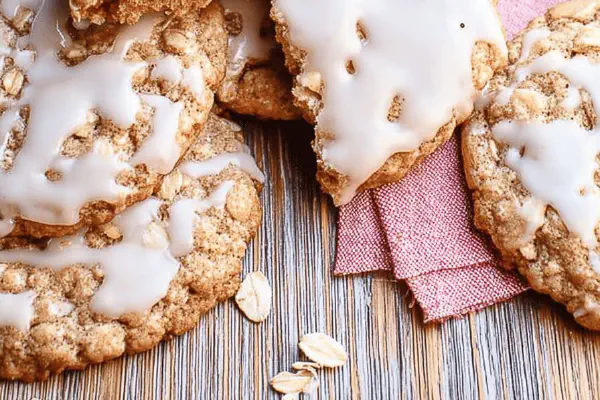Bourbon Bacon Jam Remix

By Emma
Certified Culinary Professional
Ingredients
- 12 ounces thick-cut bacon, chopped
- 2 garlic cloves, minced or pressed
- 1 large shallot, minced
- 1/2 cup packed dark brown sugar
- 1/4 cup red wine vinegar
- 1/4 cup water
- 1/4 cup pure maple syrup
- 1/4 cup bourbon whiskey
- 1 teaspoon yellow mustard
About the ingredients
Method
- Heat a medium skillet over medium heat. Toss in chopped bacon. Stir occasionally, listen for that sizzle steadily shifting to crackle. Watch for fat melting and bacon edges curling just before crispy, about 8-12 minutes depending on cut thickness. When mostly crispy but still a little chewy, scoop bacon out, drain on paper towels. Reserve 1 tablespoon of bacon fat in skillet; carefully discard remaining grease or save for another use. Reduce heat to low immediately to avoid burning fat residue.
- Directly add minced garlic and shallot to skillet with bacon fat. Low heat here is key. You want the shallots to soften, become translucent, almost silky, but not brown or bitter, about 4-6 minutes. Stir to avoid sticking. Smell sweet shallot aroma emerging? Good. Next stir in brown sugar. Sugar helps mellow sharp garlic and adds stickiness later. Then pour in red wine vinegar (choose this for a stronger acid bite versus sherry vinegar), water, maple syrup, bourbon, and yellow mustard. Stir to combine fully, scraping up any caramelized bits from bacon. Increase to medium low and let simmer gently.
- Simmer uncovered. Bubble should be slow, not roaring. After about 10-15 minutes, liquid will reduce by roughly 25%. You’ll see syrupiness around edges, a bit thicker but still loose. Smell the bourbon light warmth with sweet molasses notes from sugar and syrup. Don’t rush thickness here—it continues upon cooling. Taste for balance: sweet, tangy, boozy. Adjust with splash more vinegar or syrup if needed. Once reduced, pull from heat.
- Return bacon pieces to pan. Stir thoroughly to coat them in the thickened sauce. The bacon will soak up some liquid but stay chewy, not soggy. Cool slightly before serving; jam thickens beautifully off heat. Use spoon to test stickiness. Store leftovers refrigerated; fry small batches off for grilled cheese topping or burger spread later.
- Common pitfalls? Cooking bacon too crispy pre-simmering makes it brittle in jam. Fat too hot burns garlic and shallots—watch for burned bits. Mistake thickening liquid on too high heat leads to unpleasant bitterness and burnt sugars. Patience pays off. Substitute shallot for small onion or even leeks in a pinch. Bourbon brands vary; cheaper ones can leave harshness—adjust maple syrup to balance.
Cooking tips
Chef's notes
- 💡 Start bacon in cold pan or med heat to render fat slow. Crisp edges, chewy center is key texture. Dump bacon fat but keep one spoon; grease too much or too little ruins jam mouthfeel. Timing matters here - don’t rush crisping or you get brittle pieces after simmering.
- 💡 Garlic and shallot need low heat and patience. Soft, translucent - not brown. Flame too high burns, bitter notes wreck jam profile. Smell shifts from sharp to mellow as they soften; trust aroma cues over timing. Stir often to avoid sticking; sugar needs to bloom on softened veggies for thick, sticky glaze effect.
- 💡 Add all liquids together: vinegar chosen impacts bite and sweetness edge. Red wine vinegar for punch; sherry mellower. Maple syrup adds viscosity and sweetness but can swap honey for different notes. Bourbon warmth comes through but cheap brands turn harsh. Adjust syrup quantity to balance booze roughness. Water thins mix, don’t skip or sugars scorch fast.
- 💡 Simmer low, uncovered. Watch bubbles slow, not furious boil. After 10-15 mins you want about 25% liquid reduction—look for syrup forming at edges, thicker but still loose. Smell deepens, sugar caramel, bourbon warming the mix. Taste often here; add splash vinegar or syrup for balance. Overcooking scorches sugars bitter, undercooking leaves runny jam.
- 💡 Return bacon off heat to coat. Stir gently; jam thickens as cools. Avoid resimmer - bacon turns tough or soggy. Store chilled, reheat small batches. Can swap pork belly if bacon not available but cook slower for fat render. Mustard adds tang complexity - yellow or Dijon in pinch. Salt usually not needed from bacon saltiness.
Common questions
Can I use pork belly instead of bacon?
Yes. Pork belly fattier, needs longer cook time. Same principle on texture - render fat slow. May get softer chunks. Works well but adjust simmer time; thicker cuts, slower crisp step pre-simmer helps prevent soggy final.
What vinegar works best?
Red wine vinegar punches acidity sharp; swaps mellow profile from sherry vinegar. Choose based on taste preference. Both work but shifts tang. Adjust maple or mustard amounts when switching to keep balance sweet-tart.
Why does jam get bitter or burnt?
High heat main cause. Sugar scorches fast; garlic or shallots burning add harsh notes. Use med-low temp, stir frequently. Watch bubbles; quiet simmer not rolling boil. Remove from heat early if smell or color darkens too fast. Patience avoids bad bitterness.
How to store and reheat?
Refrigerate in airtight. Use small batch frying to recoat sandwiches or burgers. Avoid reheating full pot—turns mushy. Can freeze but texture loose after thaw. Real talk: jam thickens once cooled; if watery refrigerate overnight. Warm gently again before use.



